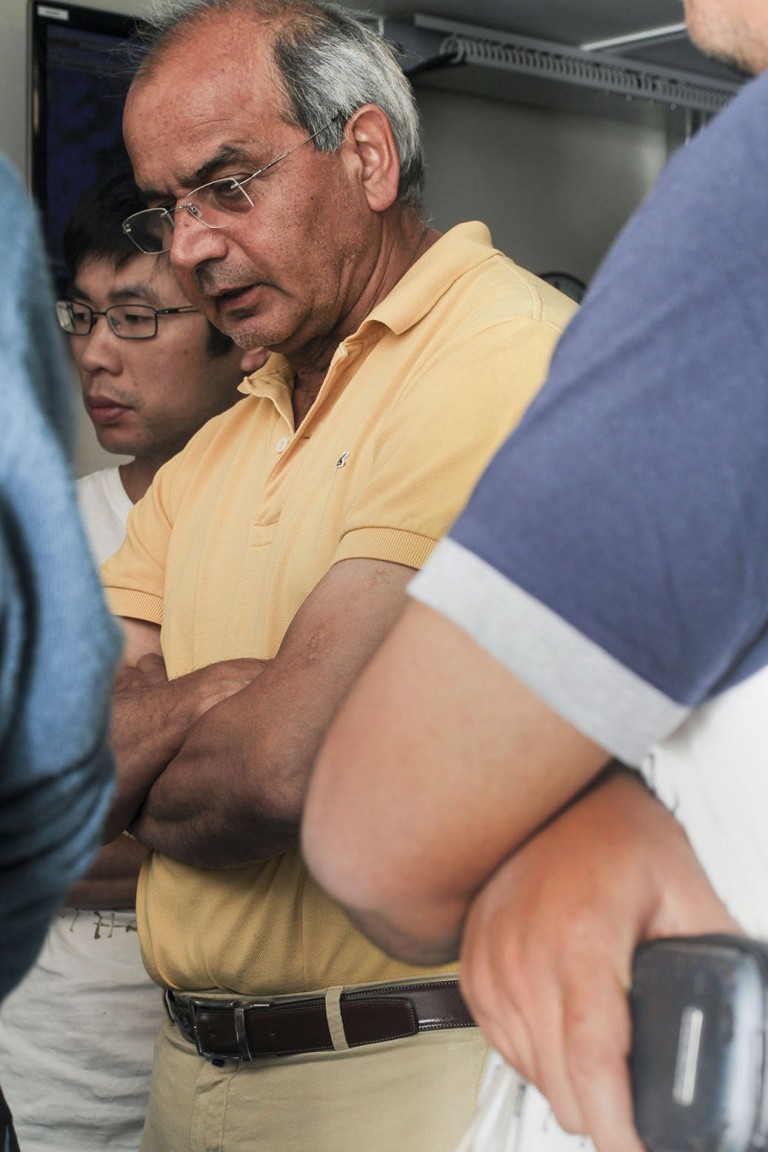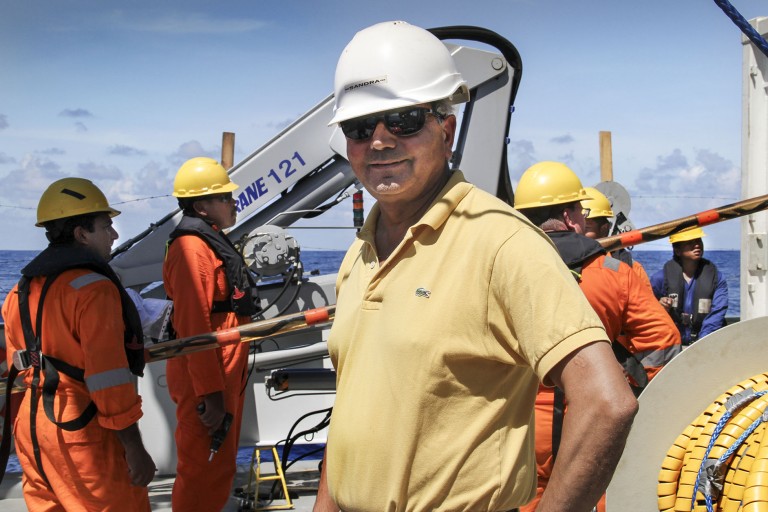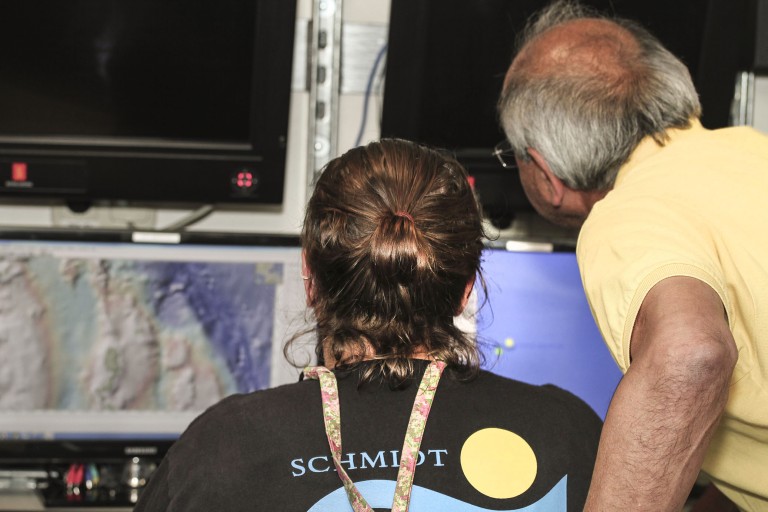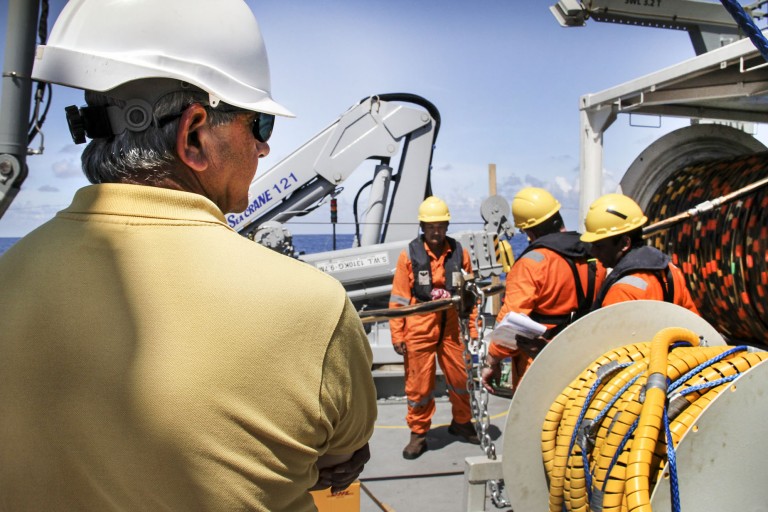Dr. Satish Singh sits down and begins with a confession: “I was not a marine geophysicist when I started in Cambridge, I was a theoretical seismologist. However, after a couple of cruises I got involved in marine science and was hooked.” Soon after, Dr. Singh rose to become one of the top marine geophysicists in the world, but in 2004 one event changed Dr. Singh’s career forever.

On December 26th 2004, a magnitude 9.3 earthquake that lasted for up to 8 minutes originated off the west coast of Sumatra. The sudden vertical rise of the sea bottom displaced massive volumes of water, resulting in a huge tsunami that struck the coasts of Sumatra, Indonesia and 13 other countries. Prior to this earthquake, scientists didn’t believe such an event could originate where it ultimately did. Dr. Singh was shocked: “I came to my lab and my boss said ‘where were you? You should’ve come and be on TV’, Singh replied “People are dying out there, I don’t care for going on TV, we should think about what scientists can do to help’”.
Science for the people
The night after the tsunami Dr. Singh went to the opera but was not capable of enjoying it, as he was so upset. The very next day he contacted governments, academia, and private companies, and launched an ambitious research program to better understand the area where the earthquake originated. Dr. Singh was shocked by the immense cost of this earthquake and wanted to provide scientific knowledge to a country. “Everything should have a practical application. Science cannot be done in isolation”, said Singh. “Science and society need to go hand in hand. We can dream and think about ideas, but, at the end of the day we have to think of society.”
Singh’s passion is palpable while he recounts that December. But why is it so important to come back now? Mainly because this part of the Indian Ocean is the most seismically active place in the world, and strong earthquakes are expected in the future. “There will definitely be one, but how big it will be, we just don’t know. There has not been a big earthquake in the area that we’ll be working on in the last 250 years. Ultimately, it’s a matter of time”. Dr. Singh is convinced that in order to avoid repetition of the 2004 tragedy, research needs to be conducted proactively and then applied to disaster-mitigation planning.


On the way
As R/V Falkor sails through the waters of the Indian Ocean, approaching the mythic Sumatra-Andaman subduction zone, Dr. Singh gets his team ready. Daily trainings, experiment design, and even navigating through permit bureaucracy are part of his daily routine. Challenges are many. But Singh know this needs to be done, and is passionate about doing it.
“Science is not only for rich countries. We as scientists have a responsibility to go to areas where no one else is going and improve the quality of life, knowledge, and education. It takes time for a country to evolve and have the science. But if you teach people they will get there slowly.”


